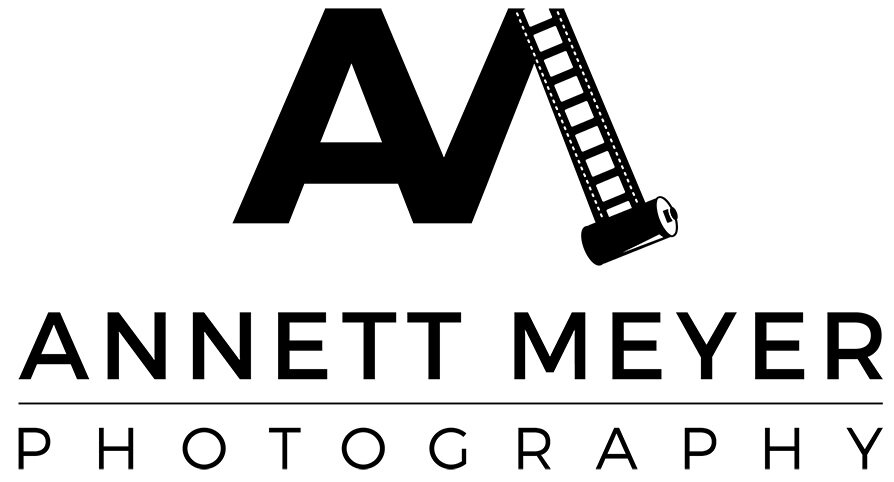Headshots and AI
AI-produced headshots, while technically impressive and often visually appealing, often leave individuals feeling less than great for several reasons. These feelings of unease stem from a combination of psychological, ethical, and social factors that interact in complex ways.
1. Lack of Authenticity: Humans are wired to value authenticity and genuine connections. AI-generated headshots lack the personal touch and human essence that real photographs carry. When people look at these images, they might sense a void where emotions and experiences should be, leading to a feeling of detachment.
2. Uncanny Valley: The concept of the uncanny valley suggests that as a humanoid robot or an AI-generated image becomes more human-like, our comfort level with it initially increases but then abruptly drops when it becomes almost, but not quite, human. AI-generated headshots often fall into this unsettling space, where the subtle deviations from real faces create an eerie sensation that leaves people feeling uneasy.
3. Ethical Concerns: The creation of AI-generated headshots raises concerns about consent and privacy. These images can be generated using publicly available photos, infringing on individuals' right to control their likeness. This lack of control over their own image can lead to discomfort and a sense of violation.
4. Perfection and Insecurity: AI-generated headshots are often based on composite ideals of beauty. When people compare their own real faces to these "perfect" images, it can exacerbate feelings of insecurity and inadequacy. The unattainable standards set by AI-generated headshots can damage self-esteem and body image.
5. Dehumanization: Using AI to create headshots reduces individuals to algorithms and data points. This dehumanization can evoke a feeling of being objectified or reduced to a mere set of features, further eroding the emotional connection people seek when looking at photographs.
6. Cultural and Diversity Bias: AI algorithms are often trained on biased data, which can lead to the perpetuation of cultural and diversity biases in the generated headshots. When individuals don't see themselves or their cultural features represented accurately, it can lead to a sense of marginalization and alienation.
7. Creative Devaluation: The process of creating art or photography requires skill, creativity, and effort. AI-generated headshots diminish the value of the creative process by automating what was once a personal and artistic endeavor. This can lead to a sense of devaluation in the artistic community.
8. Loss of Identity: Personal photographs are often tied to memories, experiences, and emotions. AI-generated headshots lack these connections, which can make individuals feel like they're losing a part of their identity when their image is reduced to a computer-generated output.
9. Fear of Replacement: The rise of AI-generated headshots can trigger fears of job displacement in fields such as modeling, photography, and design. People worry that their skills and expertise might become obsolete, leading to economic uncertainty and feelings of anxiety.
10. Disconnect from Reality: Interacting with AI-generated headshots might contribute to a sense of detachment from reality. As technology blurs the lines between real and simulated, individuals might find it challenging to discern what's authentic and what's artificially generated.
In conclusion, the discomfort people experience when using AI-generated headshots is rooted in the deep human need for authenticity, connection, and ethical considerations. While these images showcase technological advancement, they also highlight the complexities of our relationship with technology and the fundamental aspects of human identity and emotion that can't be replicated by algorithms.
